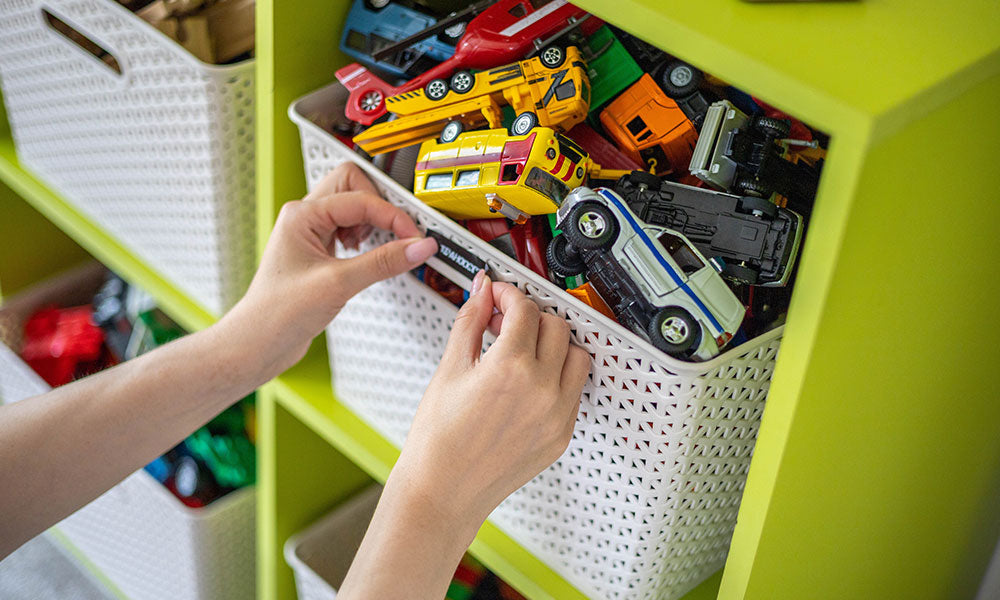Let’s face it: screens are everywhere. From video calls with Grandma to after-school tablet time, technology is part of our everyday lives. But that doesn’t mean it has to take over. Creating a healthy relationship with tech—also known as digital well-being—is all about helping your family use screens with intention, not just habit.
So, what exactly is digital well-being?
It’s about more than just limiting screen time (though that can help). It means paying attention to how technology impacts our mental, physical, emotional, and social health—and making sure it adds to our lives instead of taking away from the things that matter most.
Why It Matters
Too much screen time can mess with sleep, cut into physical activity, and even affect social skills—especially in kids, whose brains are still growing. But with a few thoughtful tweaks to your family’s routine, tech can become something that supports connection, creativity, and learning. It starts with being mindful and intentional.
1. Make a Family Tech Plan That Works for You
Every family is different, which means your tech plan should reflect your real-life rhythms. Start by sitting down together to chat about how everyone uses (and feels about) technology. Then come up with some simple rules that make sense for your crew.
Maybe that looks like:
• Limiting screen time on school nights
• Charging devices outside bedrooms
• Agreeing on certain times or zones where screens are off-limits—like the dinner table or during bedtime routines
Let your kids help make the rules. They’ll be more likely to stick with them if they feel involved.
2. Model the Habits You Want to See
Kids are expert copycats. If you’re glued to your phone during dinner, they’ll notice. Try setting aside your own devices during family time or taking mini digital detoxes with them. It doesn’t have to be all-or-nothing—even small shifts can make a big impact.
3. Trade Screen Time for Real-Life Fun
One of the easiest ways to cut back on screens? Replace them with something fun.
• Go for a family bike ride
• Start a kitchen dance party
• Try a new recipe together
• Break out the art supplies or build a blanket fort
Offline activities not only boost physical and mental health—they’re where the best memories are made.
4. Talk Openly About Online Safety
Digital well-being also means helping kids feel safe and confident online. That starts with conversation. Ask what apps they’re using, who they’re talking to, and how certain things make them feel.
Help them understand the basics: don’t share personal info, be kind online, and speak up if something feels off. You don’t need to know all the latest platforms—just staying curious and nonjudgmental goes a long way.
5. Try a Family Digital Detox (No, It’s Not as Scary as It Sounds)
You don’t have to ditch all devices forever. But setting aside one screen-free evening a week—or even just unplugging for a Sunday morning—can feel surprisingly refreshing.
Play board games, go on a walk, bake cookies, or just enjoy the quiet. See how it feels, and adjust from there.
6. Use Tech as a Tool (Not a Babysitter)
Not all screen time is created equal. There are so many creative, educational, and connection-boosting ways to use tech.
Try:
• Educational games or apps for early learners
• Video calls with faraway family members
• Making a short film, writing a song, or drawing digitally
• Starting a family gratitude journal app
When tech has a purpose, it feels a whole lot more meaningful—for everyone.
Bottom Line? It’s Not About Perfection—It’s About Balance
There’s no one-size-fits-all rulebook for healthy tech habits for kids. But when you bring curiosity, compassion, and a little structure to the table, your family can find a rhythm that works.
You’ve got this—and your kids are lucky to have a guide like you helping them grow up in the digital age with intention.



